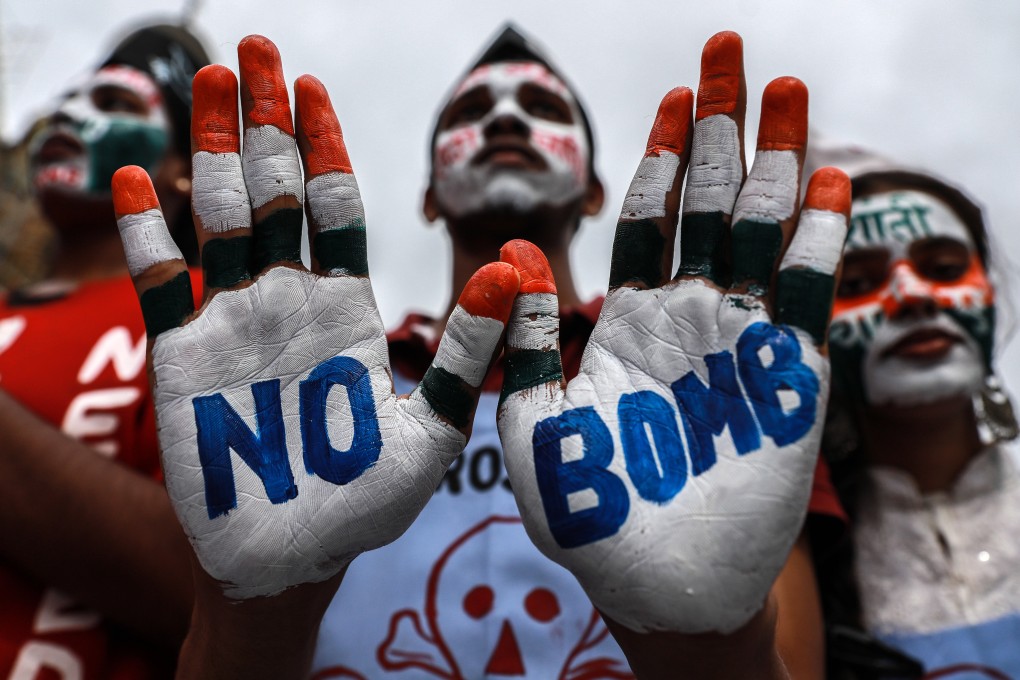Opinion | India’s rethink on ‘no first use’ nuclear policy won’t surprise China or Pakistan
- Recent comments by India’s defence minister highlight the evolution of New Delhi’s thinking and the mutual scepticism between it and its two biggest rivals, writes Ankit Panda

India appears to be slowly closing the initial chapter of its life as a possessor of nuclear weapons. Marking the anniversary of the death of Atal Bihari Vajpayee, the prime minister who oversaw India's nuclear weaponisation in 1998, defence minister Rajnath Singh became the most senior Indian official to publicly cast doubt on the credibility of India's long-standing “no first use” posture.
Speaking at Pokhran, where India had detonated weaponised nuclear devices in 1998 (India's weaponisation efforts had begun much earlier in a covert manner), Singh said that “till today, our nuclear policy is ‘no first use’”.
He added: “What happens in the future depends on the circumstances.”
Unlike Manohar Parriker, one of his predecessors who had also questioned the policy, Singh was not speaking off the cuff.
Singh reiterated his statement in a tweet after his remarks at Pokhran. For India's two main nuclear adversaries, Pakistan and China, the statement was not surprising.
Rather, it was a vindication of long-standing scepticism in China and Pakistan of “no first use”.

Mutual scepticism prevails in particular between India and China. Few Indian strategists take China's decades-long “no first-use” posture at face value, despite Beijing's attempts over the years to back up its declaratory policy with its nuclear force structure – for example, by separating warheads and launchers.

